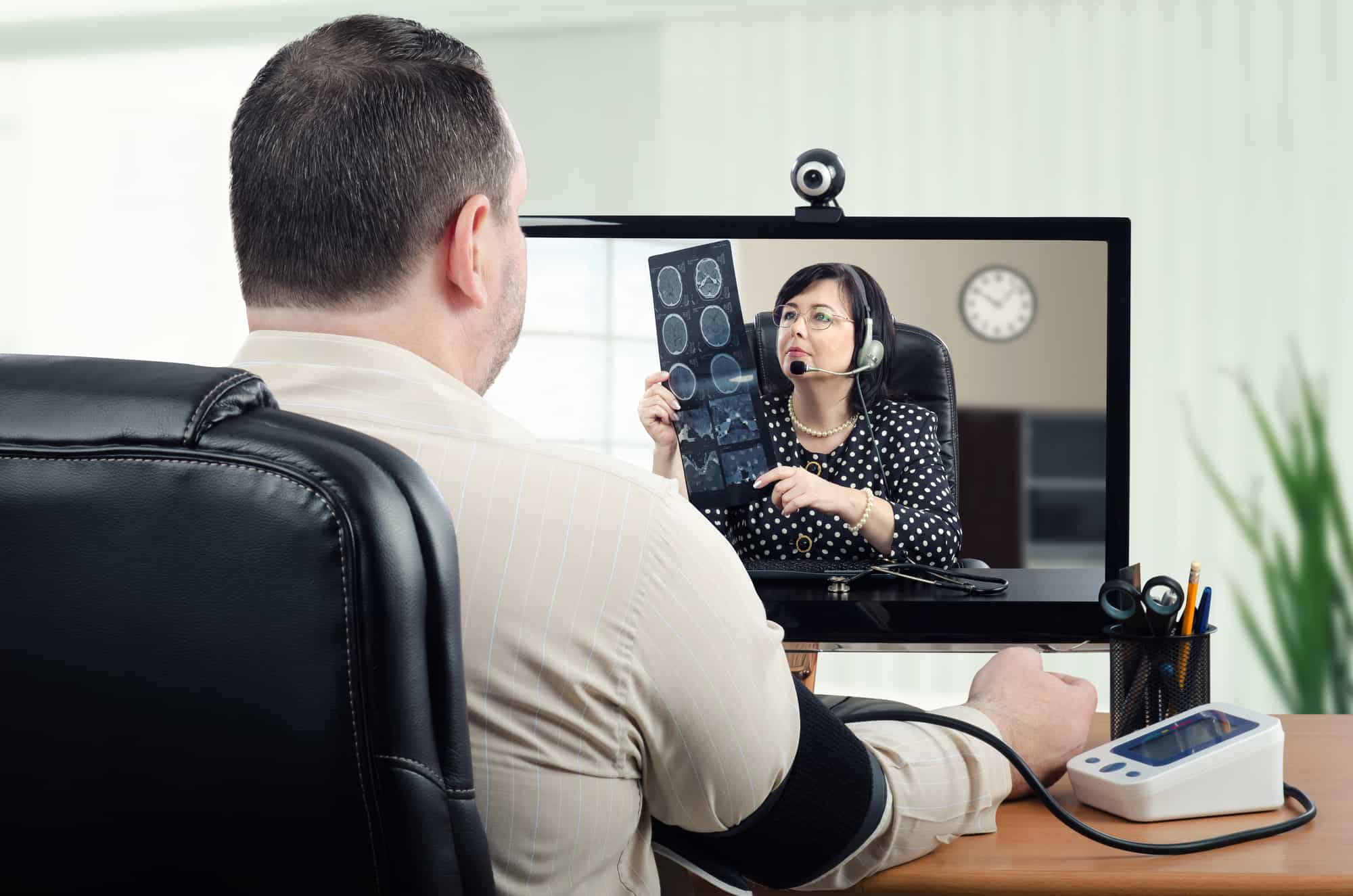Image via Pexels
The current COVID-19 pandemic has dramatically altered the way people connect with each other for social and business purposes. With the Centers for Disease Control and Prevention’s (CDC) strong recommendation to stay home and self-quarantine to slow the spread of the virus, communication methods have gone digital.
These methods have extended to healthcare as well, with many clinics and providers turning to video technology and telemedicine to engage in remote consults, patient follow-ups, and general exams. Telemedicine in this regard lessens the amount of individuals going into hospitals and clinics, decreasing the on-site burden so they can focus on patients impacted by COVID-19, and also minimizes the risk of exposure of the virus between patients and frontline health professionals.
Adapting to Telemedicine Solutions
The journey toward telemedicine varies from health provider to health provider, depending on what systems they already have in place. For some health providers, the idea of telemedicine services is a foreign one, and adapting to remote consults is a large learning curve. Still, certain providers have welcomed telemedicine services with open arms, especially those who have already offered services such as online doctor-patient communication, 24/7 nurse hotlines, or prescription pick-up and appointment setting via mobile apps.
In all cases, you can’t ignore that telemedicine has exploded in popularity and necessity as a result of COVID-19. These shifts toward virtual care may even become permanent in the “new normal” that occurs post-pandemic, because of their convenience and ease of use.
Privacy Concerns
Although the Office for Civil Rights (OCR) at the Department of Health and Human Services (HHS) has temporarily relaxed HIPAA and privacy standards to allow for the use of more common virtual conferencing tools for patient-doctor telecommunication, concerns surrounding privacy are a big issue with telemedicine — which is why simple Zoom calls or Skype sessions are not necessarily the best (or most professional) choice.
Telemedicine provider Bluestream Health has rolled out their virtual care solution free of charge to thousands of healthcare providers. Their “Rapid Response” service is HIPAA-compliant, ensuring that any clinicians who use it to communicate with their patients can provide a safe, comfortable, and confidential environment for remote consults.
Accessibility and Ease of Use
Bluestream Health’s complete virtual care solution is also placing focus on another essential element of telemedicine: ease-of use. Rapid Response gives healthcare providers an easy way to provide on-demand, remote care by eliminating the need for lengthy registration, account setup, and long-term subscriptions. The easier telemedicine solutions are to implement and frequently use for both patients and caregivers, the more likely they’ll turn into a viable and permanent healthcare solution.
Remote Patient Monitoring (RPM)
Another aspect of virtual care that has increased in use since the coronavirus rocked the medical world is remote patient monitoring (RPM). Applications for RPM technology — including heart rate monitors, thermometers, glucose monitors, and more — relay vital health information in real time to patients’ doctors. Now RPM technology is more essential than ever when used to monitor patients recovering from COVID-19, conducting follow-up consults with patients to avoid them coming in, or to monitor patients with chronic conditions who are sheltering at home.
Centers for Medicare and Medicaid Services Response
Due to the state of emergency, Centers for Medicare and Medicaid Services (CMS) has also waived telehealth reimbursement restrictions, at least for the time being, making telemedicine more widely available and affordable for those under Medicare without the need to travel to a facility.
By making hospital-level care and consultations affordable and readily available in-home for those under Medicare, the “norm” of having to physically make a trip to the physician’s office has been altered. The CMS’s waiver of reimbursement restrictions as related to telemedicine — if permanent — will forever change how medical care can be delivered, and will make it far more accessible to many more people while reserving hospital spots for those who critically need them.
The Future
A recent survey by healthcare consultant Sage Growth Partners and Black Book Market Research shows that people are ready for a digital approach to healthcare. 59% of survey respondents say they are more likely to use telehealth services now than they were in the past, and 36% would switch their provider in order to have access to virtual care.
Just as businesses need to reorganize and prioritize their workforce around a virtual workplace model using virtual collaboration tools and solutions, health providers will also need to apply these same learnings to digitize their processes and prepare for the new future of telemedicine.
During this healthcare crisis, telemedicine is an essential tool for keeping frontline health professionals and patients safe while making quality healthcare available. As the public at large becomes accustomed to telehealth and virtual care visits as a viable and effective way of receiving healthcare, a permanent transformation toward digital access post-pandemic seems likely.
The Editorial Team at Healthcare Business Today is made up of skilled healthcare writers and experts, led by our managing editor, Daniel Casciato, who has over 25 years of experience in healthcare writing. Since 1998, we have produced compelling and informative content for numerous publications, establishing ourselves as a trusted resource for health and wellness information. We offer readers access to fresh health, medicine, science, and technology developments and the latest in patient news, emphasizing how these developments affect our lives.








